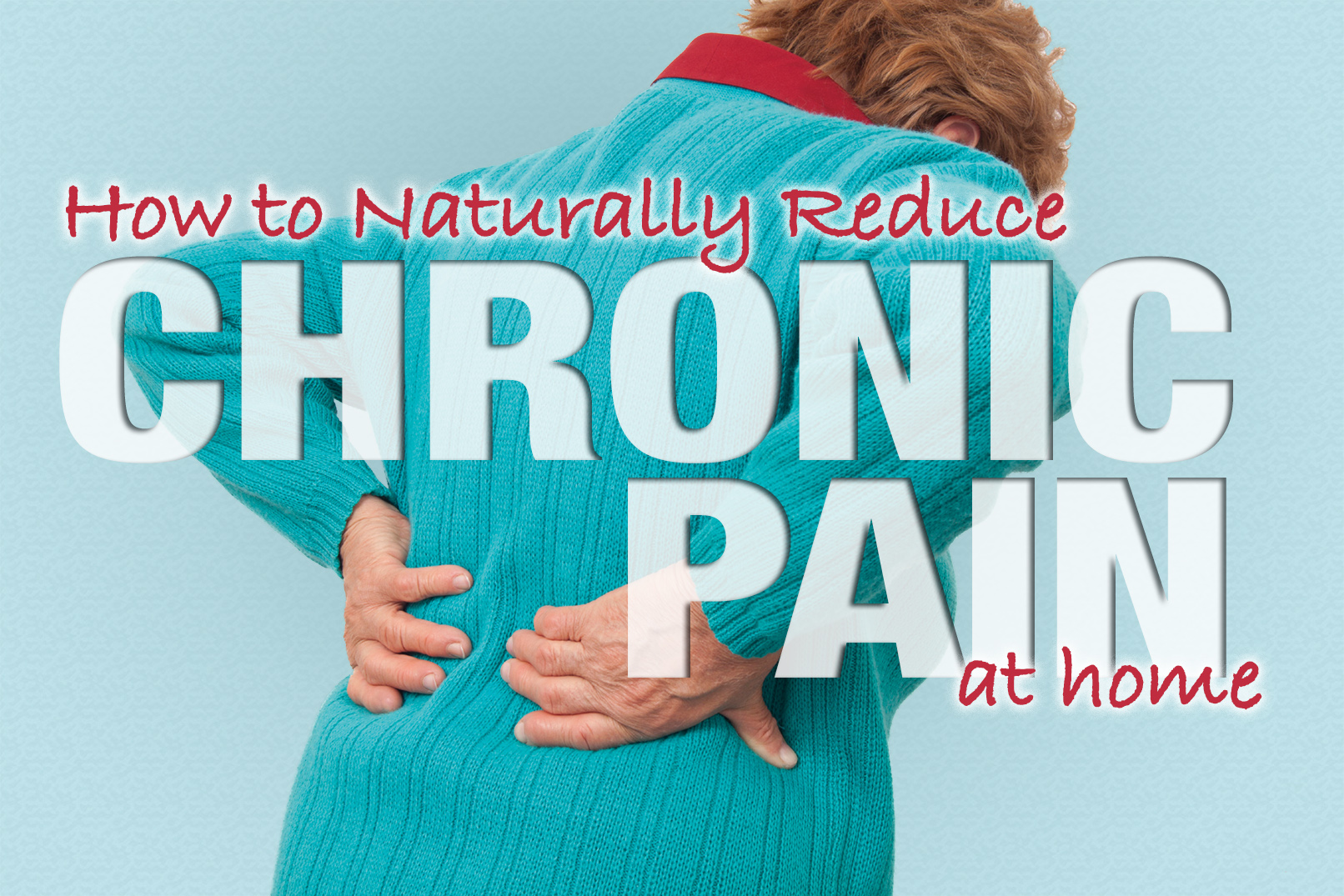Chronic pain: Medication decisions
by Admin
Posted on 19-02-2025 10:58 AM

If you have chronic
pain
, it may be helpful to ask your healthcare provider the following questions:
what’s causing my pain?
will it go away? if not, why not?
what kinds of medications can i take? what are their side effects?
should i try physical or psychological therapy?
is it safe to exercise?
what else can i do to relieve my chronic pain?
should i call you if it gets worse?.
/commonly-used-pain-medication-2564482_FINAL-5c3b9479c9e77c0001c79d66.png)
Some medications commonly prescribed to manage depression and prevent seizures have been found to help relieve chronic pain. This is true especially for chronic nerve pain. They may help relieve back pain, fibromyalgia and diabetes -related nerve pain, known as diabetic neuropathy. Because chronic pain often worsens depression, antidepressants may offer the extra benefit of treating mood symptoms. Generic (brand) names. Tricyclic antidepressants used in the treatment of chronic pain include amitriptyline and nortriptyline (pamelor). Serotonin and norepinephrine reuptake inhibitors, known as snris, that may be prescribed to relieve chronic pain include duloxetine (cymbalta, drizalma sprinkle), venlafaxine (effexor xr) and milnacipran (savella).
Bioelectric therapy relieves pain by blocking pain messages to the brain. Bioelectric therapy also prompts the body to produce chemicals called endorphins (endorphins are also released by exercise) that decrease or eliminate painful sensations by blocking the message of pain from being delivered to the brain. Bioelectric therapy can be used to treat many chronic and acute conditions causing pain, such as back pain, muscle pain, headaches and migraines, arthritis, tmj disorder , diabetic neuropathy, and scleroderma. Bioelectric therapy is effective in providing temporary pain control, but it should be used as part of a total pain management program. When used along with conventional pain-relieving medications, bioelectric treatment may allow pain sufferers to reduce their dose of some pain relievers by up to 50%.
Massage is a type of soft-tissue manipulation. people may benefit from this technique when used with other pain management treatments, such as physical therapy and pain medication. The benefits of massage include: relaxation on massage found that it may be effective for lower back pain. However, there is mixed evidence from examining its benefits for other chronic pain types.
Nonsteroidal anti-inflammatory drugs, known as NSAIDs
Otc medicines are medicines that you can buy without having a doctor’s prescription. Some types of otc pain-relief medicine are available from a pharmacy and some shops. These are usually for mild-to-moderate pain. There are 2 common types of otc pain medicines:
paracetamol is often recommended as the first medicine to try, if you have short-term pain. Nonsteroidal anti-inflammatory drugs (nsaids) is a group of medicines that work by reducing swelling and inflammation, and relieving pain. These include aspirin, ibuprofen and diclofenac. While otc medicines are more easily accessed, they still carry risks.
 These medicines can sometimes cause unwanted side effects.
These medicines can sometimes cause unwanted side effects.
If your pain continues, your provider may suggest nonsteroidal anti-inflammatory drugs (nsaids). You can buy some nsaids, such as ibuprofen and naproxen, without a prescription. Nsaids help reduce the swelling around the swollen disk or arthritis in the back. Nsaids and acetaminophen, when taken in high doses or for a long time, can cause serious side effects. Side effects include stomach pain, ulcers or bleeding, and kidney or liver damage. If side effects occur, stop taking the medicine right away and tell your provider. If you are taking pain relievers for more than a week, tell your provider. You may need to be watched for side effects.
Nonpharmacologic pain therapies topical or oral nonsteroidal anti-inflammatory drugs (nsaids) triptans, antiemetics, and dihydroergotamine for migraine refer to recommendation 1 in the 2022 clinical practice guideline for additional information and examples of nonopioid therapies to treat acute pain.
The most common types of otc pain relievers are acetaminophen (tylenol) and nonsteroidal anti-inflammatory drugs (nsaids). Types of nsaids include: both acetaminophen and nsaids can be used successfully to relieve mild pain. Nsaids also reduce inflammation and swelling. Long-term use of either type of drug can have potentially severe side effects. Talk with a healthcare professional before you use any otc medicine for chronic pain.